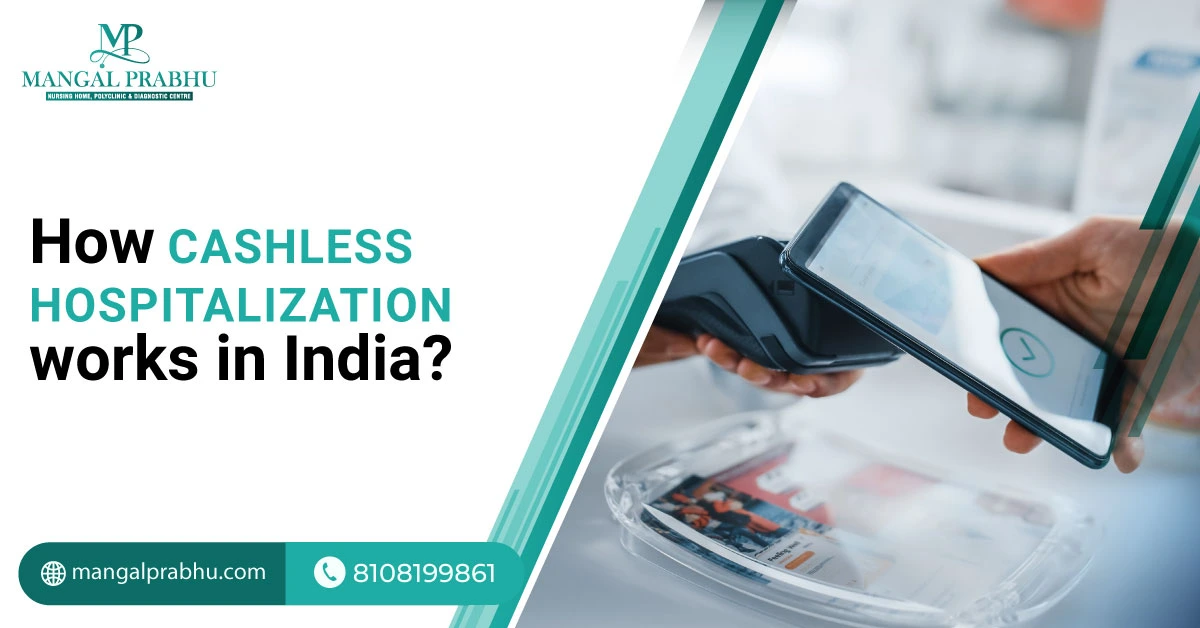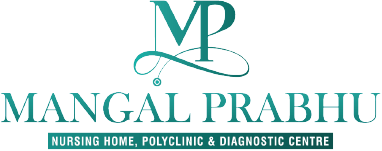
Medical emergencies can occur at any time. For people who cannot afford the hefty medical bills at private, multispecialty hospitals in Navi Mumbai, health insurance can often be a handy option. The concept of cashless hospitalization in India has eased the burden of many who can’t make an upfront payment for their medical expenses.
Let’s dive into the details of cashless hospitalization and what difference it makes to the Indian healthcare system.
How Cashless Hospitalization Works in India?
What is Cashless Hospitalization?
Cashless hospitalization is exactly what the name suggests. You can get quality treatment from your desired hospital (as long as your insurance company covers it) without paying anything. Your insurance provider will settle your medical bills. It’s particularly beneficial for patients with emergencies that require immediate treatment.
Process of Cashless Hospitalization
Here’s how it works:
i) Selection of Network Hospitals
Cashless hospitalization works only with network hospitals, i.e., the hospitals that have partnered with your insurance company. If you ever have a doubt or in case of an emergency, you can contact your insurance provider to get a list of the network hospitals near you.
ii) Pre-authorization Process
Once the patient is admitted, the hospital’s staff sends a pre-authorization form that includes details such as the patient’s condition, diagnosis, proposed treatment plan, and the total cost to the insurance company.
The insurer will verify the details and check if the medical issues are covered in your policy. If they approve, the hospital will start treatment without charging upfront expenses.
iii) Claim Settlements
The hospital sends all your medical bills to your insurance company. Your insurance provider will clear the dues. And you get to walk out stress-free.
Role of Insurance Companies and Third-Party Administrators (TPAs)
Cashless hospitalization is typically a collaborative effort among hospitals, insurance providers, and third-party administrators. The insurance company develops a coverage plan, which specifies the included and excluded services. For instance, if a luxury hospital room is not in your policy, you may have to pay separately for that, while your insurer covers all the diagnosis and treatment expenses.
A Third-Party Administrator (TPA) works with the insurer and the hospital to make the claim settlement, bill screening, and other processes hassle-free. Hospitals send all your details to your insurer and work with them to finance your medical bills.
Common Issues
Despite being the best option for patients who need affordable treatment, cashless hospitalization comes with its own set of challenges. For example, the insurer will only cover medical expenses at its network hospitals. If you seek treatment from a hospital that’s not in your coverage, you will lose your benefits.
Besides, not all medical expenses are covered. The treatment may not be fully free for you. To ensure a smooth experience, choose a cashless hospital in Navi Mumbai that’s tied up with your insurance company. Also, review your policy carefully to understand what expenses will be covered in case of an emergency.
For planned treatments, such as a planned hysterectomy or other surgeries, it’s advisable to inform your insurer a few days before the procedure for hassle-free pre-authorization and claim settlement.
